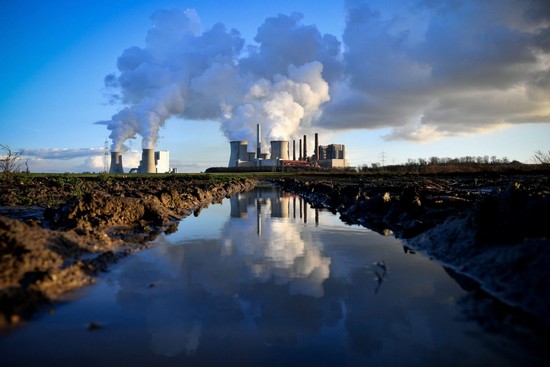Kategori : ENERGY AGENDA NEWS, ENERGY EFFICIENCY NEWS - Tarih : 07 September 2021
One crucial indicator of the level of urgency for taking climate action is the social cost of carbon dioxide (SCCO2), which represents the total welfare lost across the globe due to an extra emitted tonne of CO2, usually expressed in US dollars per tonne of CO2.
The SCCO2 has been calculated under a range of climatic and socioeconomic assumptions (Havranek et al 2015, Howard and Sterner 2017, Tol 2018), giving a wide range of best estimates. These contemporary estimates are often higher than values that have been used in policies or the economy-wide average price on CO2 emissions (Dolphin et al 2020), in part due to underestimates of impacts and strong discounting  assumptions of future damages in policy-making (Carleton and Greenstone 2021, Wagner et al 2021). Current policy recommendations range from US$51 (Interagency Working Group 2013) to US$202 (Umwelt Bundesamt 2019), while a recent expert elicitation among economists and climate scientists yielded mean values of US$171 and US$310, respectively (Pindyck 2019). Other central estimates are even higher (Moore and Diaz 2015, Ricke et al 2018). Many challenges remain to improve estimates of the SCCO2 estimates as well as the related uncertainty range (National Academies of Sciences Engineering and Medicine 2017, Stern and Stiglitz 2021, Wagner et al 2021), which is of critical value for designing comprehensive climate mitigation and adaptation policies (Smith and Stern 2011, Hope 2015, Metcalf and Stock 2017).
assumptions of future damages in policy-making (Carleton and Greenstone 2021, Wagner et al 2021). Current policy recommendations range from US$51 (Interagency Working Group 2013) to US$202 (Umwelt Bundesamt 2019), while a recent expert elicitation among economists and climate scientists yielded mean values of US$171 and US$310, respectively (Pindyck 2019). Other central estimates are even higher (Moore and Diaz 2015, Ricke et al 2018). Many challenges remain to improve estimates of the SCCO2 estimates as well as the related uncertainty range (National Academies of Sciences Engineering and Medicine 2017, Stern and Stiglitz 2021, Wagner et al 2021), which is of critical value for designing comprehensive climate mitigation and adaptation policies (Smith and Stern 2011, Hope 2015, Metcalf and Stock 2017).
Cost-benefit integrated assessment models (CB-IAMs) representing climate-economy interactions in a highly aggregated manner and have been key tools to estimating the SCCO2. Unfortunately, these models lag behind both natural and social science understanding, often undervaluing the impacts of climate change (Diaz and Moore 2017, Howard and Sterner 2017, Rose et al 2017, Carleton and Greenstone 2021). In particular, CB-IAMs have only simple representations of climate and economy feedbacks, which are key determinants of climate change risks (Otto et al 2013, Calvin et al 2019). Many authors thus argue that rigorous inclusion of the feedbacks is crucial in calculating the SCCO2 (Burke et al 2016, Cai et al 2016, National Academies of Sciences Engineering and Medicine 2017, Stiglitz et al 2017, Piontek et al 2021).
As for climate feedbacks, previous research has calculated the mean discounted economic effect of climate change with selected state-dependent climate feedbacks, but provided no breakdown of regional or distributional implications of marginal damages of CO2 emissions (Cai et al 2016, Yumashev et al 2019). Here, we compare the PAGE-ICE CB-IAM which also introduced permafrost thawing and surface albedo climate feedbacks (Yumashev et al 2019) with PAGE09 (Hope 2013) and attribute the changes in the SCCO2 to the specific model changes.
In summary, we extend the PAGE-ICE CB-IAM (Yumashev et al 2019) to quantify the effect on the SCCO2 of including possible long-term temperature growth feedback on economic trajectories, mean annual temperature anomalies, and the already modeled permafrost carbon and surface albedo feedbacks. Together, these provide an indication of the magnitude and uncertainties of the contribution of climate and economy feedbacks and interannual variability to the SCCO2.
More Details–> https://iopscience.iop.org/article/10.1088/1748-9326/ac1d0b





